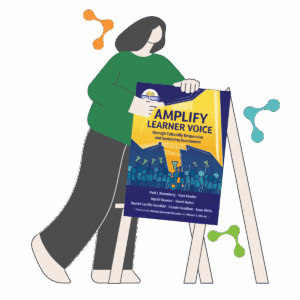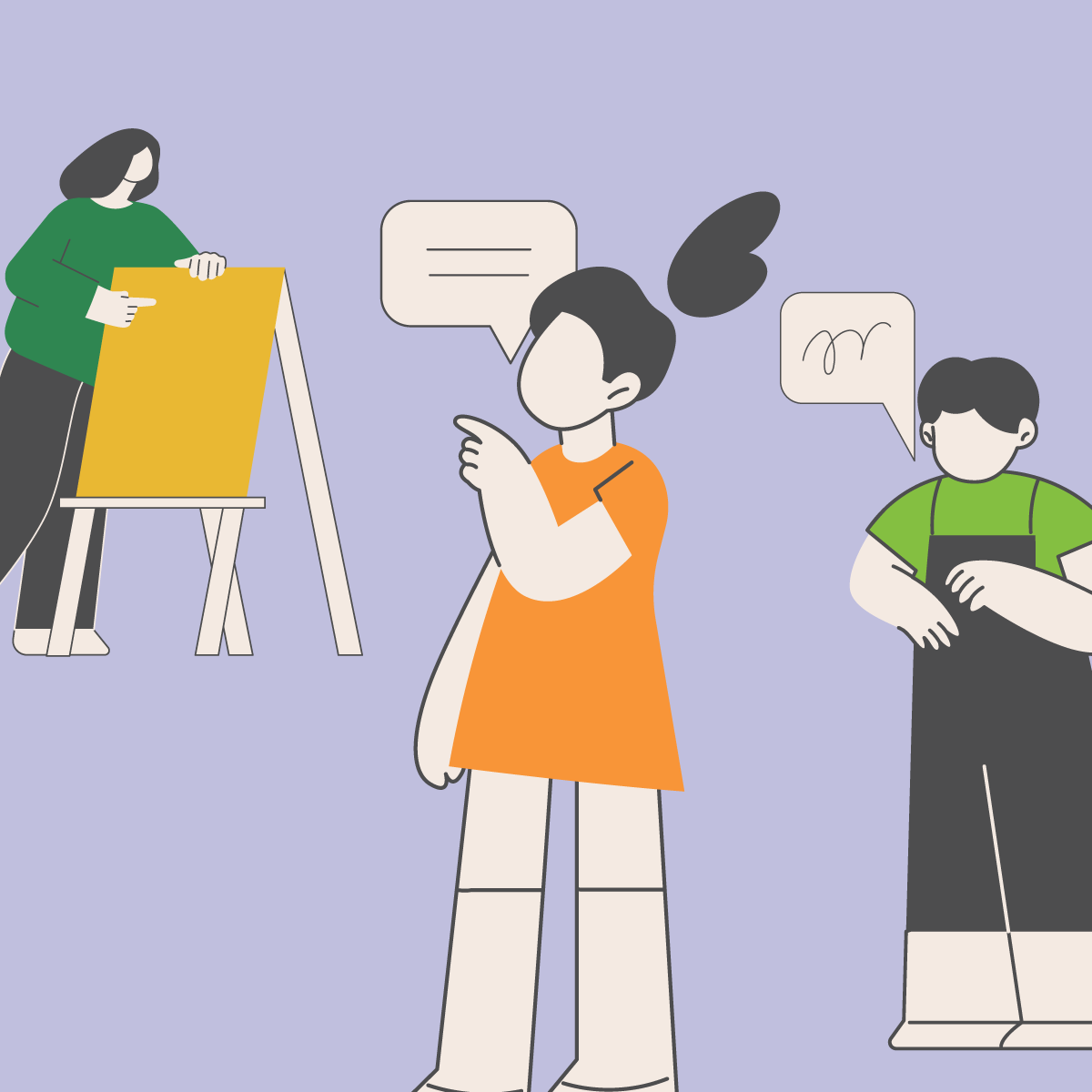The first weeks of school are a critical time for shaping the culture of the classroom. When students and teachers work together to create classroom agreements, they lay the foundation for a community built on mutual respect, trust, and shared responsibility. This co-construction process goes beyond compliance or rule-making and gives students authentic ownership in defining how they will learn and work together. By involving students in brainstorming, refining, and committing to agreements, teachers validate student voice and affirm that their perspectives matter in building a collaborative, inclusive learning environment.
As described in Amplify Learner Voice through Culturally Responsive and Sustaining Assessment, co-construction helps students develop positive learner identities, strengthens relational trust, and reduces traditional power dynamics. The process of examining models, sorting and refining ideas, and displaying agreements in student-friendly language promotes clarity of expectations and fosters agency. It reinforces the belief that every member of the classroom community can contribute to shared success. These early experiences with co-construction can set the stage for self- and peer assessment, critical thinking, and collective problem-solving throughout the year.
A Quick Look at the Co-Construction Process
 Gather Models of Success
Gather Models of Success
Bring examples of positive classroom behaviors, routines, and norms through photos, student-made posters, or short video clips. Include diverse cultural identities so all students “see themselves” in the examples.- Brainstorm Criteria Together
Use a visible tool such as chart paper, Jamboard, or sticky notes. Invite every voice by starting with silent idea-generation and then sharing out. Prompt with: “What helps us learn together?” or “What makes our class feel safe and fair?” - Sort and Refine
Group similar ideas. Reword for clarity and student-friendly language (younger students) or precision (older students). Ensure criteria are observable and actionable. - Agree and Display
Format the agreements as a short, clear checklist, rubric, or visual chart. Add icons or visuals for accessibility, especially for multilingual learners. - Practice and Revisit
Model each agreement in action. Role-play modeling correct and incorrect examples. Revisit agreements regularly and revise as the learning community evolves.
What About My Students?
While the overall process is the same, some moves work better with different age learners. Jump to the example(s) that best matches your situation and use that as a springboard for your own planning.
Grades K–1
Method: Use visual icons and photographs of students modeling agreements.
Process: Read a picture book about community and kindness, then use the “Mix It Up” method to sort “good for learning” vs. “not good for learning” picture cards. Co-create 3–5 agreements in “We will…” language and pair each with a matching icon for accessibility. For example, We will use kind words (icon of talking bubble + heart).
Grades 2–5
Method: Combine “Analyze Exemplars” and “Leverage Learner Expertise.”
Process: Show two short videos (or observe two brief skits) of collaborative groups, one effective, one less so, then use Accountable Talk stems to discuss what worked and why. Students generate agreements, sort them into categories such as respect, responsibility, and safety, and create a stoplight rubric to self-check behaviors. For example, We will take turns listening and speaking so everyone’s ideas are heard.
Grades 6–8
Method: Use “Video Observation” and “Re-Voice Rubrics.”
Process: Analyze a clip of a student-led discussion. In small groups, students identify success criteria for productive dialogue, re-voice them in their own words to ensure cultural norms are respected, and then vote to finalize the top 5–7 agreements. Publish the agreements both digitally and physically. For example, We will challenge ideas respectfully and support our points with evidence.
High School
Method: Use “Worked Examples” and “Collaborative Practice Projects.”
Process: Present scenarios such as group project meetings or online discussion boards. Students draft personal “non-negotiables” for collaboration, merge and refine them into class agreements through structured debate, and create a rubric-checklist for self/peer accountability. For example, We will meet deadlines we agree to and communicate early if we can’t.
Pro Tips for Launch
 Keep it short by aiming for 3 to 7 agreements for clarity and recall. Make it living by scheduling mid-semester revisions. Model vulnerability by sharing one of your own learning agreements as the teacher. Bridge to content by tying agreements to success criteria in projects, discussions, and assessments.
Keep it short by aiming for 3 to 7 agreements for clarity and recall. Make it living by scheduling mid-semester revisions. Model vulnerability by sharing one of your own learning agreements as the teacher. Bridge to content by tying agreements to success criteria in projects, discussions, and assessments.
For deeper scaffolds, peer feedback protocols, and cultural responsiveness strategies, spend some time with Chapter 5 of Amplify Learner Voice through Culturally Responsive and Sustaining Assessment.



